“Highly recommended as one of the very few books on the subject worthy of being used an an authoritative guide.” — Design
“Illustrators, sculptors, and taxidermists who draw or model animals will welcome this new revised edition.” — Natural History
Here are 288 remarkably lifelike drawings of animals, furnishing artists and students with an easy-to-follow method of instruction in the drawing of horses, dogs, lions, cows and bulls, stags, and goats. So detailed and so accurate are these drawings that this book has long been a classic work of its kind.
The animals are shown in three ways: external full views and dozens of details (paws, head, eyes, legs, etc.); beneath-the-skin drawings of musculature and of the positions and insertions of each muscle; and skeleton drawings of the bone structures that support and determine surface contours and configurations. In addition, special cross-sections dissect those portions of the animal — such as the head and limbs — that are most important to the artist.
For this edition, Lewis S. Born of the American Museum of Natural History collected 25 plates from George Stubbs’s Anatomy of the Horse, long unavailable; Straus-Durckheim’s Anatomie Descriptive et Comparative du Chat; and Cuvier and Laurrillard’s Anatomie Comparée. These plates, as fully annotated as the plates that make up the original book, supplement Ellenberger, Baum and Dittrich with anatomical drawings of the monkey, the bat, the flying squirrel, the rat kangaroo, the seal, and the hare. Mr. Lewis also provided a new preface and added to the annotated bibliography, which now contains 66 items.
“Illustrators, sculptors, and taxidermists who draw or model animals will welcome this new revised edition.” — Natural History
Here are 288 remarkably lifelike drawings of animals, furnishing artists and students with an easy-to-follow method of instruction in the drawing of horses, dogs, lions, cows and bulls, stags, and goats. So detailed and so accurate are these drawings that this book has long been a classic work of its kind.
The animals are shown in three ways: external full views and dozens of details (paws, head, eyes, legs, etc.); beneath-the-skin drawings of musculature and of the positions and insertions of each muscle; and skeleton drawings of the bone structures that support and determine surface contours and configurations. In addition, special cross-sections dissect those portions of the animal — such as the head and limbs — that are most important to the artist.
For this edition, Lewis S. Born of the American Museum of Natural History collected 25 plates from George Stubbs’s Anatomy of the Horse, long unavailable; Straus-Durckheim’s Anatomie Descriptive et Comparative du Chat; and Cuvier and Laurrillard’s Anatomie Comparée. These plates, as fully annotated as the plates that make up the original book, supplement Ellenberger, Baum and Dittrich with anatomical drawings of the monkey, the bat, the flying squirrel, the rat kangaroo, the seal, and the hare. Mr. Lewis also provided a new preface and added to the annotated bibliography, which now contains 66 items.
Read more
900 reviews for An Atlas of Animal Anatomy for Artists (Dover Anatomy for Artists)
Show all
Most Helpful
Highest Rating
Lowest Rating


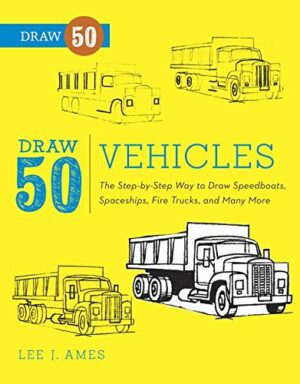

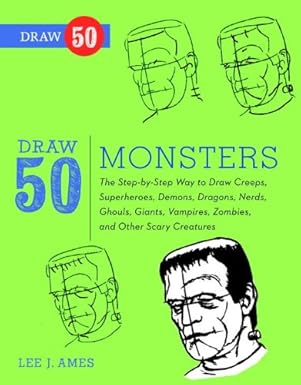
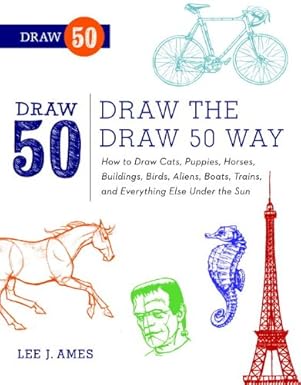
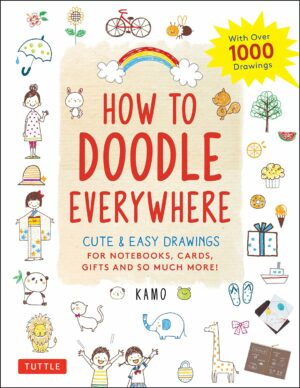
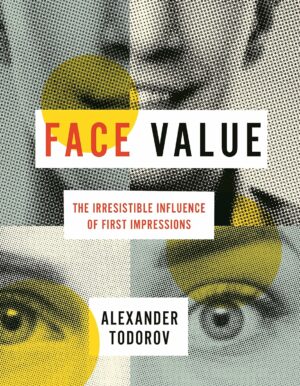

DOGECO –
I earned huge brownie points with my 3D illustrator son. Apparently it’s a “must have”. Thank you!!
Ana –
Me parece la mejor referencia de anatomía animal para artistas.
Reanne Rothermel –
I bought this book for my animal anatomy class. It has a lot very detailed illustrations to help learn about the different animal vibe and muscle structures. The only thing I wish was that there were more of a variety of animals it focuses mostly on horses and has a very limited range for other animals. But still great information.
Barbara –
Pour une étudiante en dessin.
Michele –
Not too bad a book. The contents could have had a little more variety like rodents, birds and primates. The delivery left a lot to be desired, my book showed up bent. I’m hoping that adding some weight to it will flatten it out.
Kindle Customer –
Un libro de tapa blanca, para personas interesadas en estudiar veterinaria o que les gusta los libros científicos y específicos es ideal. Tiene unos dibujos de la anatomía de los animales muy detallados . Es un libro que a gustado mucho a mí hija
Violamanben –
These watercolors are fantastic for the price. They re-wet beautifully and mix very well with one another. To anyone having issues with the pans moving … Welcome to watercolor! Most pan sets you will order will have lose pans. I recommend blue tack to hold them in place impermanently.
To those saying these paints are toxic… Again, welcome to watercolor! Any professional watercolors will contain potentially dangerous pigments! Just don’t paint where you eat or let your kids play with them. Ages 12 and up I would say.
I’ve been removing certain pans and placing them in a mint tin for plein air painting, which is quite convenient. My only problem (if you can call it that) is there isn’t any kind of magenta or opera rose color in the palette. I can hang because there is a carmine so I can make my own but that could potentially upset any floral painters.
Love that white knights are open stock so you can replace or add new colors by buying off of dick blick. (to the lady who said they accidentally sent you a 36 space palette…. Not an accident. It is to encourage you to buy more colors and add to your palette! Though, Amazon needs to update their photos)
Highly recommend for semi-serious watercolor artists! Also, I left a color chart out for 4 months and the colors were super lightfast! Recommend with all my heart!
Tobe –
I wanted a book that specifically focused on horses. Anyone
whose drawn horses, even for years, knows that getting this
animal down pat is no easy feat. Studying anatomy is a must.
This is THE book.
I have so much respect for the person who drew these plates.
It’s astounding work. The anatomy is shown from every angle;
starting with skeletal plates, adding muscles and so forth,
these plates “build” the horse from the inside out. After
studying the legs I cut myself some slack! This is a very
beautiful, complex animal. No wonder this is such a challenging
subject!
There are smaller additional sections on a few animals as a
bonus. I found the cat skull study to be immensely helpful.
I don’t recommend this book for anyone who wants a how-to
on every animal in the world, this isn’t for you. Nor is it for
beginning artists. It is for serious artists who want to do
in depth study of horses because we can’t all just walk outside
and see horses everywhere. There’s nothing like the real thing,
but this is a good second choice when the real thing isn’t
available for study.
This is one of those books that I actually revere and am very
proud to have in my reference library. A serious resource for
serious art study.
Cliente de Amazon –
Good book.
Amazon Customer –
This book is a must have reference for anyone wanting to have very detailed illustrations and technical info- very well done. However, if you’re looking for a basic, simple muscles and bones just to get acquainted- you might save this for later. It’s interesting even just as is- for the scientifically or medically inclined.
Michele –
Just what the artist needs. Great detail of everything.
Mz Nina, business consultant and aspiring artist –
MUST HAVE FOR ANY ARTIST that draw, paints animals. In order to get perspective correct and the dimensions of an animal you must understand the skeletal make up of the animal. Then how the muscles lie in order to create the proper shading. And off course how these change in each position. A lot of artists do not study the anatomy of an animal, but I can tell you that is what makes an artist that draws or paints animals from good to great! IT IS ALL ABOUT THE DETAILS!!!
MUST HAVE FOR ANY ARTIST that draw, paints animals, IT IS ALL ABOUT THE DETAILS!!! Go from good to AMAZING becaus
Also recommend:
Drawing Animals: 30th Anniversary Edition
AUXLab –
The illustrations within are really good quality and numerous/all angles. However, like the headline states you can’t call this an ‘Atlas’ when there are only a handful of animals represented. Mainly covering, horse, dog, lion, cow/bull, stag, roe, goat. Additionally, there’s some minor drawings covering the cat, monkey, seal, hare, kangaroo, flying squirrel, and bat.